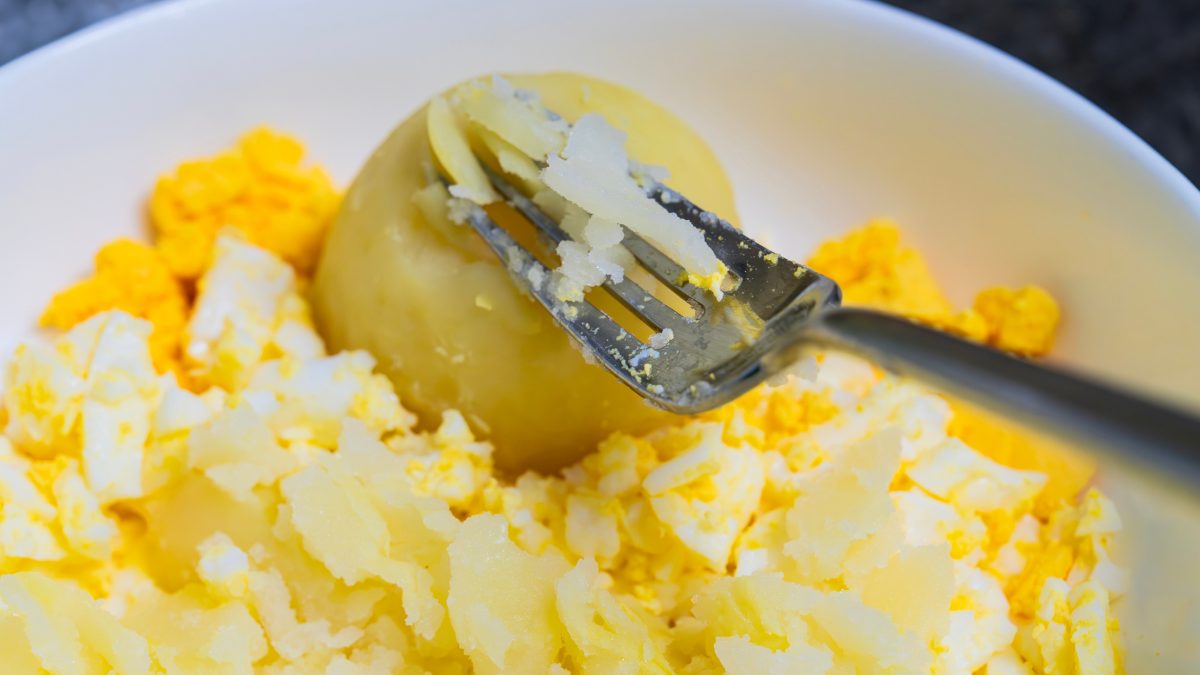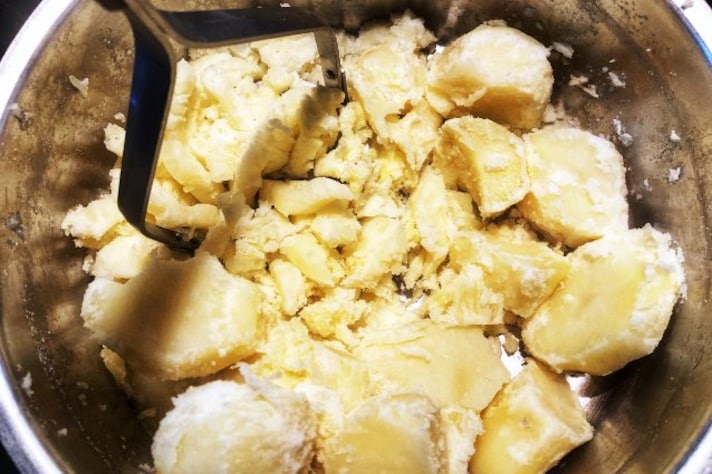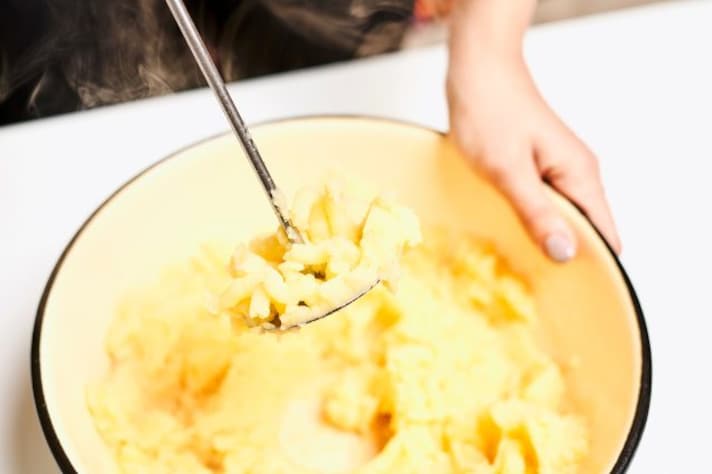
Mashed potatoes may seem like the least controversial side dish on the table—soft, creamy, a blank canvas for butter, gravy, or garlic. But beneath that pillowy surface lies a culinary truth: temperature matters. And if you’ve ever tried to mash potatoes straight from a cold fridge or let them cool down too long before reaching for the masher, you’ve probably met the gummy, gluey consequence.
Why Heat Changes Everything
When potatoes are hot, their starches are in a relaxed state. Think of them as loose, cooperative strands ready to soak up cream and butter like a sponge at a spa. But when those same starches cool down, they stiffen and seize up. That flexibility you rely on for smooth, fluffy mash? Gone. The moment those potatoes drop below a certain temp, they stop playing nice.
The real issue is how cold potatoes handle pressure. Instead of yielding to your masher, they fight back, releasing more starch. That excess starch doesn’t just thicken your mash—it weaponizes it. What you end up with is a paste, not a puree.
Gluey, Gummy, and All-Around Gross
Let’s not dance around it: mashing cold potatoes gives you texture that’s better suited to wallpaper paste than your Thanksgiving spread. The result isn’t just unappetizing—it’s actively unpleasant. No matter how much butter you add or how aggressively you whisk, the damage is done. Cold-mashed potatoes turn into a dense, sticky mass that sits on your plate like a culinary punishment.
What’s more frustrating is how irreversible it is. Once you’ve crossed the gluey threshold, there’s no going back. You can’t “heat it out” or “whip it smoother.” You’re stuck with the consequences of a cold start.

Why We Let Potatoes Cool Too Long
It’s a familiar scene: the potatoes are boiled, drained, and then left to sit “just for a minute” while you get everything else ready. Ten minutes turn into twenty. Suddenly, they’re lukewarm, and you figure, “Eh, close enough.” That’s the moment the mash takes a turn. The truth is, we underestimate how quickly heat escapes. Potatoes, especially in chunks, cool faster than we think. And the difference between warm and lukewarm can mean the difference between fluffy clouds and chewy lumps.
Can’t I Just Reheat Them?
In theory, yes. You can warm up cold potatoes before mashing. But the method matters. Stick them back in a hot pot on the stove, cover, and gently warm them through. Microwaving is a gamble—it heats unevenly and may overcook the edges while the center stays cold. If you’re already dealing with gluey mash, reheating won’t undo the damage. It might just dry it out or make it even more rubbery.
Can I Use Cold Potatoes for Anything Else?
Absolutely—cold potatoes still have a place in your kitchen, just not in the mash bowl. They’re perfect for home fries, potato salad, or even gnocchi (if you’re feeling ambitious). In those recipes, the firmness of a cooled potato is an asset. It holds its shape and adds bite. But as for mashing? That ship has sailed. There’s also a sustainability bonus to giving your cold spuds a new life. Just don’t expect them to transform into buttery, whipped goodness. That road requires heat—and lots of it.

Why Hot Is Not Just Better, but Essential
Temperature isn’t just a preference; it’s a requirement when it comes to mashing. Hot potatoes mix smoothly with fats, release less starch, and maintain their soft, tender structure. It’s how you get that silky texture that makes mashed potatoes the centerpiece they deserve to be. Skipping this step might save time in theory, but in practice, it ruins the one thing mashed potatoes should never compromise on: comfort. Because no one reaches for a side of dense, cold-tasting starch by choice.
;Resize,width=767;)
